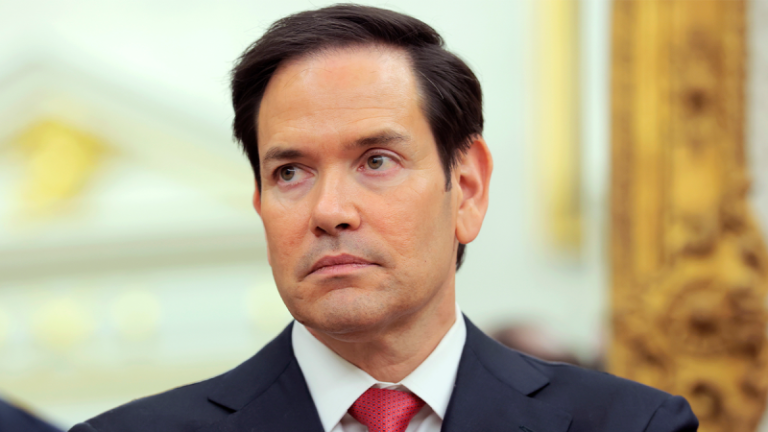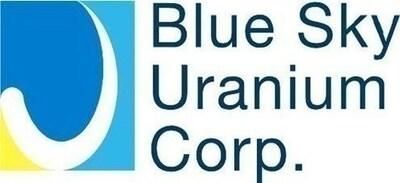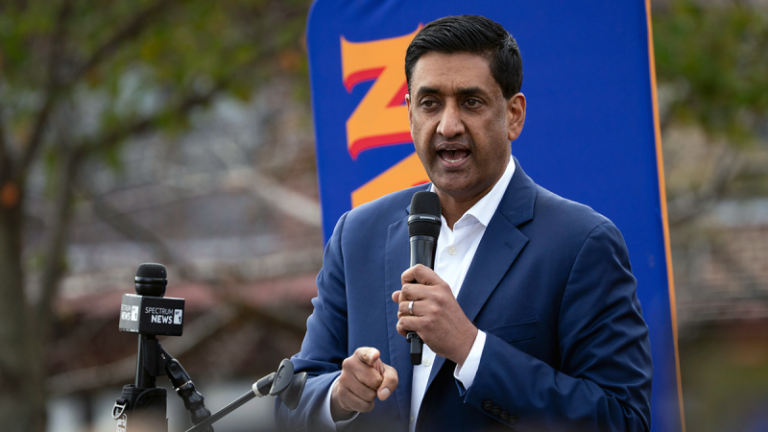
A prominent global research center has released a comprehensive report on what it says is a multi-generational campaign by the Muslim Brotherhood to ‘transform Western society from within’ and covertly infiltrate the United States.
The 200-page report, released by the Institute for the Study of Global Antisemitism and Policy on Wednesday, draws from internal Brotherhood documents, such as the ‘1982 Project’ and ‘1991 Explanatory Memorandum’ and makes the case that Western freedoms have been systematically leveraged to advance Islamist ideological goals as the group continues its five-decade plan to embed itself in the United States.
The Muslim Brotherhood, an Islamist organization founded in Egypt, has gained access to government agencies, been involved in advising American civil rights policy, infiltrated educational institutions, and created a vast social media footprint, the report states.
According to the report, The Muslim Brotherhood allegedly targeted U.S. government agencies for infiltration, including the State Department, Department of Homeland Security, and Department of Justice, through career appointments and advisory roles.
The report dives deep into alleged terror ties within the group along with various funding sources from places like Qatar while making the case that both al-Qaeda and the Brotherhood ‘share the strategic aim’ of establishing an Islamic state government by sharia and differing only in tactics where the Brotherhood’s ‘gradualism allows it to maintain ideological continuity with militant jihad while avoiding direct confrontation.’
The report calls on the United States to designate the Muslim Brotherhood as a terrorist organization.
‘We are now fifty years into the Brotherhood’s 100-year plan to entrench themselves into key institutions in the United States and other western societies to undermine and destroy our democracy,’ Dr. Charles Asher Small, founding director of ISGAP and co-author of the report, told Fox News Digital.
‘This is not simply a political movement but a transnational ideological project that adapts itself to Western systems while working to undermine them. The Brotherhood has learned to use the very freedoms of democracy as tools to erode it from within, exploiting the tolerance and openness of liberal societies as strategic vulnerabilities. This report lays out how, and what must now be done to defend our democracy. Designation as a terror organization is essential to safeguard our freedom and way of life and we must deal with the entryist damage that has already been done.’
Earlier this week, Texas Gov. Greg Abbott, a Republican, designated the Council on American-Islamic Relations (CAIR) and the Muslim Brotherhood as foreign terrorist and transnational criminal organizations Tuesday, preventing both groups from obtaining land in the Lone Star state.
Abbott said in a statement that he made the move as ‘The Muslim Brotherhood and CAIR have long made their goals clear: to forcibly impose Sharia law and establish Islam’s ‘mastership of the world.’’
‘The actions taken by the Muslim Brotherhood and CAIR to support terrorism across the globe and subvert our laws through violence, intimidation, and harassment are unacceptable. Today, I designated the Muslim Brotherhood and CAIR as foreign terrorist organizations and transnational criminal organizations,’ Abbott added. ‘These radical extremists are not welcome in our state and are now prohibited from acquiring any real property interest in Texas.’
In a statement to Fox News Digital at the time, CAIR, who is mentioned multiple times in the ISGAP report, said the group ‘consistently condemned all forms of unjust violence, including hate crimes, ethnic cleansing, genocide and terrorism.’
The ISGAP report names multiple elected politicians as potentially advancing the Muslim Brotherhood’s goals within the government.
‘The election and re-election of congresswomen such as Ilhan Omar (D-MN) and Rashida Tlaib (D-MI), who have openly defended positions aligned with Brotherhood perspectives on Israel, counterterrorism, and international relations, demonstrates the intersection of identity politics and Brotherhood narratives,’ the report states. ‘While neither congresswoman has a documented formal affiliation with the Muslim Brotherhood, both have appeared at events organized by Brotherhood-aligned organizations, have received campaign support from Brotherhood-aligned donors, and have consistently advocated positions aligned with Brotherhood objectives.’
In a press release, ISGAP warns that the ‘Brotherhood’s networks are not self-sustaining; they are nourished by a state that exports its worldview through funding, education, and media influence’ and that the United States ‘must act now, with clarity and courage, to protect both its values and its Muslim citizens from this ideological hijacking.’
In terms of next steps, ISGAP says that a terror designation is a positive step but not enough and is working on a joint declaration from dozens of scholars and policymakers calling on Congress to act on the findings of the report.
‘As someone who has studied and witnessed the Brotherhood’s operations firsthand, I can say with confidence that this is not a theoretical threat,’ Dalia Ziada, ISGAP Washington Coordinator, Research Fellow, and co-author of the report, told Fox News Digital.
Fox News Digital’s Greg Norman contributed to this report




























